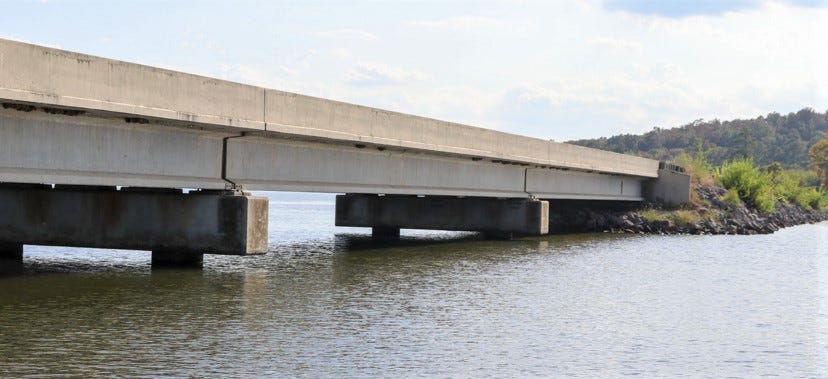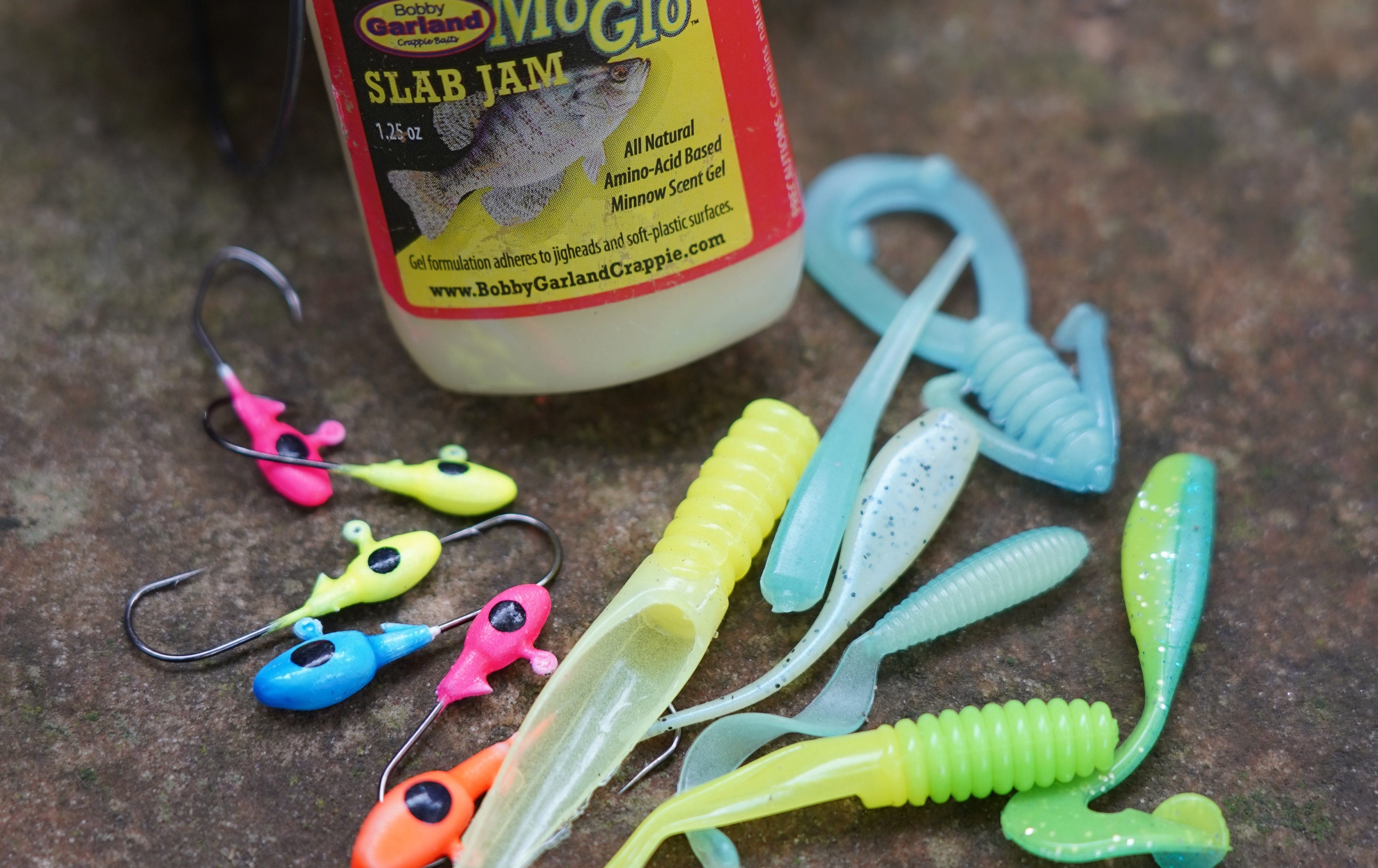- Nov 3, 2021
A Complete Guide to Crappie Fishing Under Bridges
Bridges produce consistently good crappie action, if you know how to fish them. Learn the approaches of several top anglers.
We drive over them in our cars. We ride under them in our boats, often on the way from one fishing hole to another. Many anglers hardly give them a second thought. But when it comes to crappie fishing, maybe bridges should be an angler’s first thought.
Fishing around bridges takes a lot of the guesswork out of finding crappie, says Oklahoma fishing guide Mike Taylor. Many of his favorite waters, including Lake Eufaula, are home to multiple bridges. He rarely drops a crappie jig in the water anywhere else before pulling up to a bridge area and looking with his electronics. He’s looking for baitfish and crappie.









